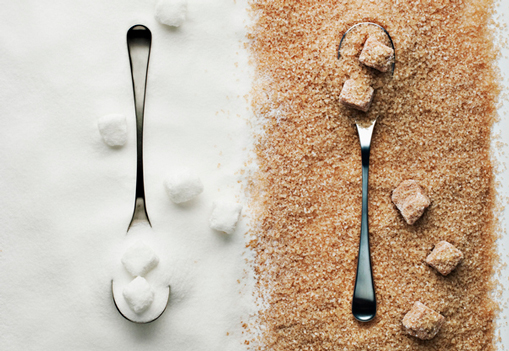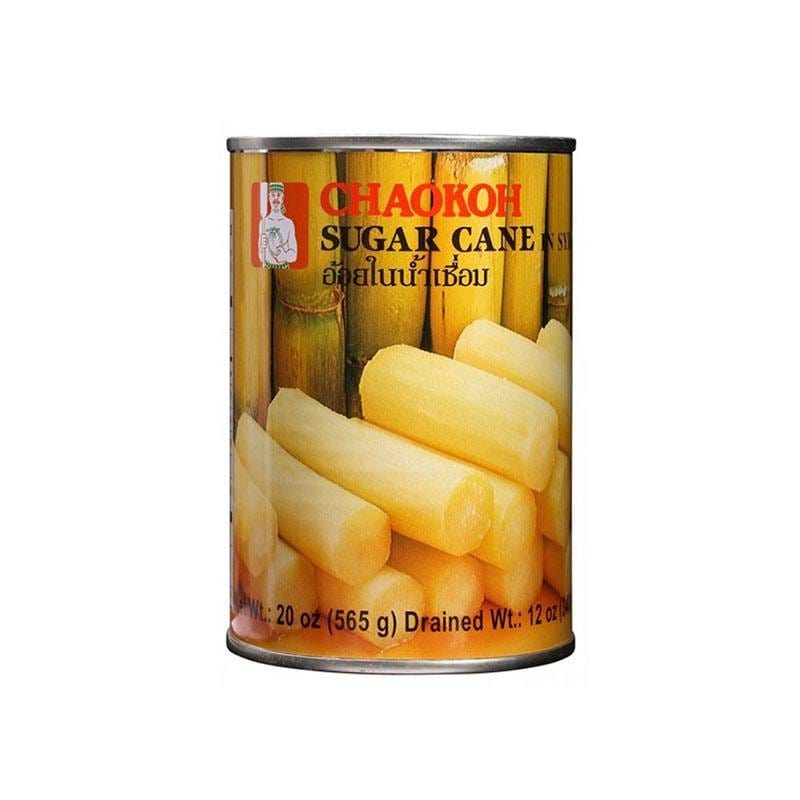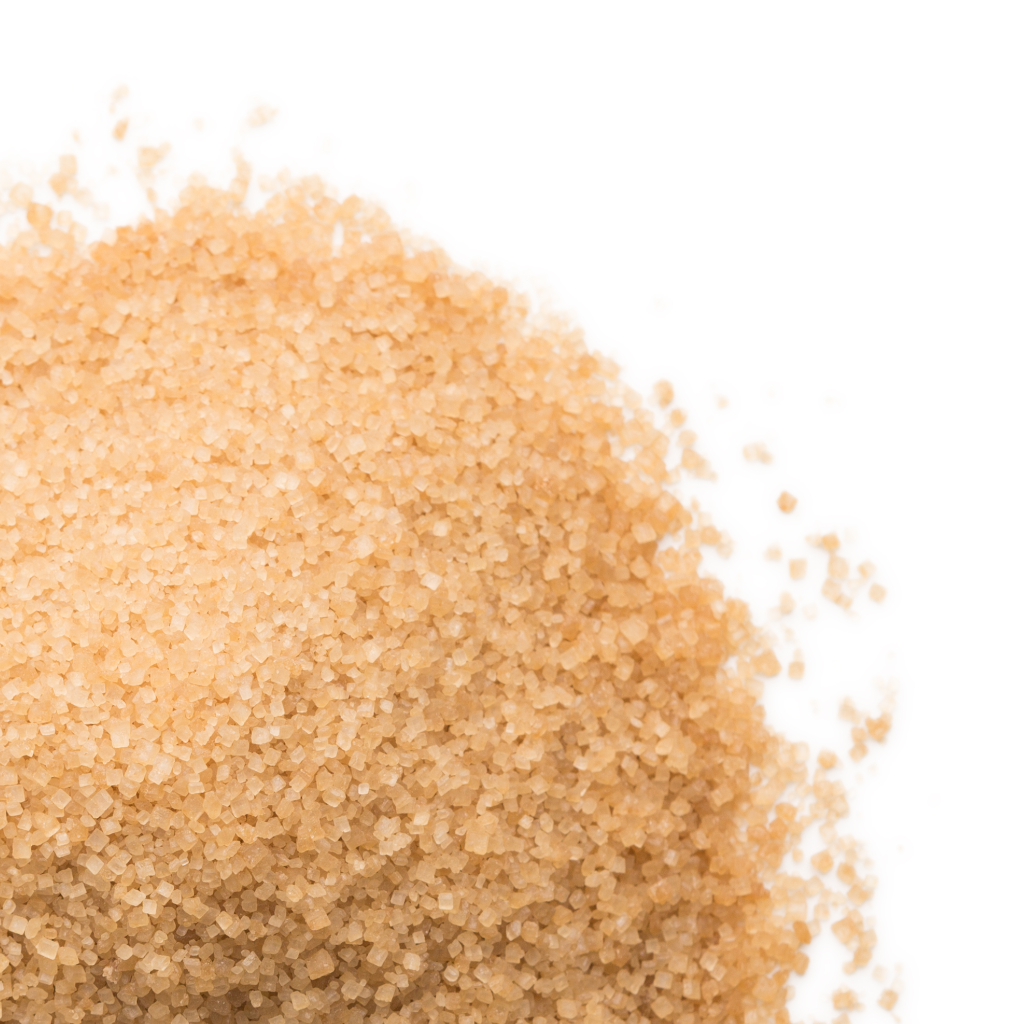How sugar cane products Are Leading Trends in Renewable Energy
Revealing the Manufacturing Secrets Behind Sugar Cane and Its Diverse Variety Of Products
The manufacturing journey of sugar cane is complex and multi-faceted. It begins in the fields, where careful harvesting methods set the stage for excellent sugar removal. The process involves a number of phases, consisting of juice extraction and refining - sugar cane products. Sugar cane's possible prolongs far past plain sweet taste. Developments in handling and sustainable methods are reshaping its function in modern-day markets. What exists ahead for this flexible plant? The solutions may shock those curious about its future
The Journey of Sugar Cane: From Field to Manufacturing facility

As sugar cane persuades carefully in the tropical breeze, it starts a transformative trip from area to factory. The dynamic environment-friendly stalks, abundant in sucrose, are cultivated under suitable problems, benefiting from adequate sunshine and rains. Farmers meticulously keep an eye on the growth, making certain the plants reach their peak maturity, which is essential for making best use of sugar content.Once grew, the cane is gotten ready for harvesting, where its fibrous structure holds the guarantee of sweet items. The journey proceeds as the stalks are delivered to processing centers, where they undergo a series of meticulous steps. At the manufacturing facility, the cane is cleaned, shredded, and pressed to extract the juice. This juice is after that made clear and vaporized, leading the way for formation. Each stage of this journey is important, as it ultimately determines the top quality of the sugar and other products originated from this versatile crop.
Collecting Methods: The Initial Step in Production
Gathering sugar cane calls for accuracy and ability, as the timing and method straight influence the high quality of the end product. The process typically starts with identifying the ideal harvest, which is important; sugar web content comes to a head right before the plant reaches full maturity. Farmers usually rely upon experience and agricultural indications to decide when to harvest.Two primary methods dominate the collecting landscape: handbook and mechanical methods. Hand-operated harvesting, though labor-intensive, enables mindful option of stalks and lessens damages. Workers make use of machetes to cut the cane near the base, making certain the stalks stay undamaged for processing.Mechanical harvesting, on the other hand, utilizes customized devices to reduce and collect the cane promptly. While this method substantially enhances performance, it may result in greater levels of debris and lower sugar material. Inevitably, the chosen strategy influences not only the amount yet likewise the high quality of sugar cane delivered to processing centers.
The Extraction Process: Opening the Sweet taste
The extraction process is crucial for changing gathered sugar cane right into sweet juice. Various techniques of juice removal can significantly affect the quality and yield of the last item. Understanding these strategies is crucial for maximizing the benefits of sugar cane production.
Gathering Strategies Clarified
Launching the sweetness of sugar cane begins with specific harvesting methods that assure optimal return and top quality. The procedure typically involves cutting the cane at ground degree, ensuring marginal damage to the plant and enabling regrowth. Farmers usually utilize machetes or specialized makers, relying on the scale of the operation. Timing is essential; harvesting takes place when the sugar content reaches its peak, generally throughout dry periods. In addition, workers should be educated to determine the best stalks, preventing those that are too old or diseased. Efficient transportation to processing facilities is additionally important, as delays can bring about sugar deterioration (sugar cane products). These careful methods eventually lay the foundation for generating high-quality sugar and its varied spin-offs
Juice Extraction Approaches
Juice extraction is an important action in transforming sugar cane right into its wonderful significance. This procedure typically entails a number of approaches, each created to effectively remove the sweet liquid from the coarse stalks. The most usual method is milling, where the sugar cane is smashed in between hefty rollers to launch the juice. An additional approach is diffusion, which employs warm water to useful reference liquify the sugar from the cane fibers, making it a more reliable choice for large operations. In addition, some producers make use of screw presses, which use mechanical pressure to remove juice. After removal, the juice undergoes information to remove pollutants before additional handling. Each method mirrors the industry's focus on making best use of yield and guaranteeing top notch sugar production.
Refining Sugar: Transforming Raw Cane Into Granulated Gold
The refining procedure is vital for converting raw cane sugar into the pure, granulated item consumers identify. sugar cane products. This includes a collection of extraction and purification steps to eliminate contaminations, adhered to by formation and drying methods that improve the sugar's high quality. Comprehending these approaches exposes the elaborate makeover from cane to the golden granules that sweeten numerous foods and drinks
Removal and Filtration Process
An essential stage in the sugar production journey involves the extraction and filtering of juice from fresh collected sugar cane. This process begins with crushing the cane to launch its pleasant juice, typically using big rollers or mills. The removed juice has not just sugar yet also impurities, including fibers and mud. To guarantee the juice appropriates for additional refining, it undertakes a purification procedure. This entails passing the juice through various filters and clarifiers to eliminate strong bits and unwanted materials. Chemicals such as lime might be included to aid in the information process. The result is a clear, raw cane juice that functions as the structure for creating polished sugar, ready for subsequent stages of processing.

Crystallization and Drying Out Strategies
After the extraction and filtering procedures generate clear raw cane juice, the next action in sugar production is formation. This process involves boiling the juice to vaporize water, enabling sugar molecules to create crystals. As the liquid thickens, it gets to supersaturation, prompting sugar to take shape. The mixture is after that cooled down, promoting more crystal formation. Once condensation is complete, the sugar crystals are divided from the continuing to be syrup through centrifugation.The last entails drying, where the crystals are revealed to warm air to eliminate recurring moisture. This action is necessary, as it guarantees the product attains the desired granulation and shelf security. The outcome is pure, granulated sugar, ready for packaging and circulation.
Past Sweetness: Diverse Products From Sugar Cane
While sugar cane is mostly recognized for its sweet flavor, its versatility extends far past plain sweetness. This durable plant offers as the resource for a myriad of products that accommodate diverse markets. Ethanol, originated from sugar cane fermentation, plays a vital function in renewable resource, functioning as a cleaner choice to nonrenewable fuel sources. Additionally, molasses, a by-product of sugar refining, is made use of in animal feed, along with in cooking and fermentation processes.Sugar cane's fibrous residue, called bagasse, is not squandered; it is transformed right into eco-friendly product packaging products and functions as a biomass fuel source. Additionally, numerous sugars and syrups obtained from sugar cane find applications in the food and drink market, adding to flavor and conservation. The plant's fallen leaves can be made use of for thatching, while its juice is consumed as a renewing drink in lots of societies. Sugar cane exhibits farming capacity beyond its sweet reputation.
Technologies in Sugar Cane Handling
As improvements in innovation remain to improve different markets, sugar cane processing is experiencing a substantial improvement. Modern developments, consisting my site of automated harvesting and precision farming, are improving efficiency and return. Drones and sensing units keep an eye on plant wellness, permitting farmers to optimize irrigation and nutrient application, eventually increasing productivity.In handling facilities, modern equipment and equipment simplify operations. Innovations such as enzymatic handling and progressed filtering strategies boost the removal of sugar while minimizing waste. In addition, the fostering of real-time information analytics enables manufacturers to check processes closely, guaranteeing quality assurance and lowering downtime.Biotechnology is additionally playing a vital function; genetic engineerings enhance sugar cane's resistance Bonuses to insects and environmental stress factors. These improvements not only add to greater sugar returns however also facilitate the production of diverse spin-offs from the cane, expanding its commercial applications. On the whole, these developments are leading the way for an extra efficient and lasting sugar cane handling sector.
The Future of Sugar Cane: Sustainability and Bioproducts
The future of sugar cane production is increasingly intertwined with sustainability and the development of bioproducts. As international need for eco-friendly choices climbs, the sugar cane sector is rotating towards methods that reduce environmental influence. Innovations in farming strategies, such as accuracy agriculture and incorporated parasite monitoring, purpose to improve return while minimizing source consumption.Furthermore, sugar cane is being checked out as a resources for biofuels, bioplastics, and various other lasting products. These bioproducts not only offer a sustainable choice to standard fossil fuels and plastics yet additionally add to a round economic climate by using waste materials.Research and advancement in biotechnology are leading the way for enhanced sugar cane selections that require much less water and plant foods, better promoting sustainability. By accepting these developments, the sugar cane industry can secure its future while addressing crucial environmental obstacles, showing its prospective as a cornerstone of sustainable growth.
Often Asked Concerns
What Are the Environmental Influences of Sugar Cane Farming?
The environmental influences of sugar cane farming include deforestation, soil destruction, and water pollution. Furthermore, the use of chemicals can damage biodiversity, while monoculture methods reduce ecological community durability, posturing long-term sustainability obstacles for agricultural methods.

Just How Does Sugar Cane Compare to Other Sweeteners Nutritionally?
Sugar cane, rich in carbohydrates, supplies power however does not have essential nutrients compared to alternatives like honey or syrup, which offer minerals and vitamins. Its high glycemic index additionally increases issues over blood sugar level spikes.
What Are the Health Advantages of Consuming Sugar Cane Products?
The wellness benefits of consuming sugar cane items consist of improved digestion, enhanced energy levels, and possible antioxidant residential or commercial properties. Furthermore, they might sustain hydration and offer necessary minerals and vitamins, contributing favorably to total well-being.
How Is Sugar Cane Waste Utilized After Handling?
After handling, sugar cane waste is made use of in numerous means, consisting of biofuel manufacturing, animal feed, and organic plant foods. This lasting technique decreases environmental impact while making best use of source effectiveness within the sugar industry.
What Are the Historical Beginnings of Sugar Cane Growing?
